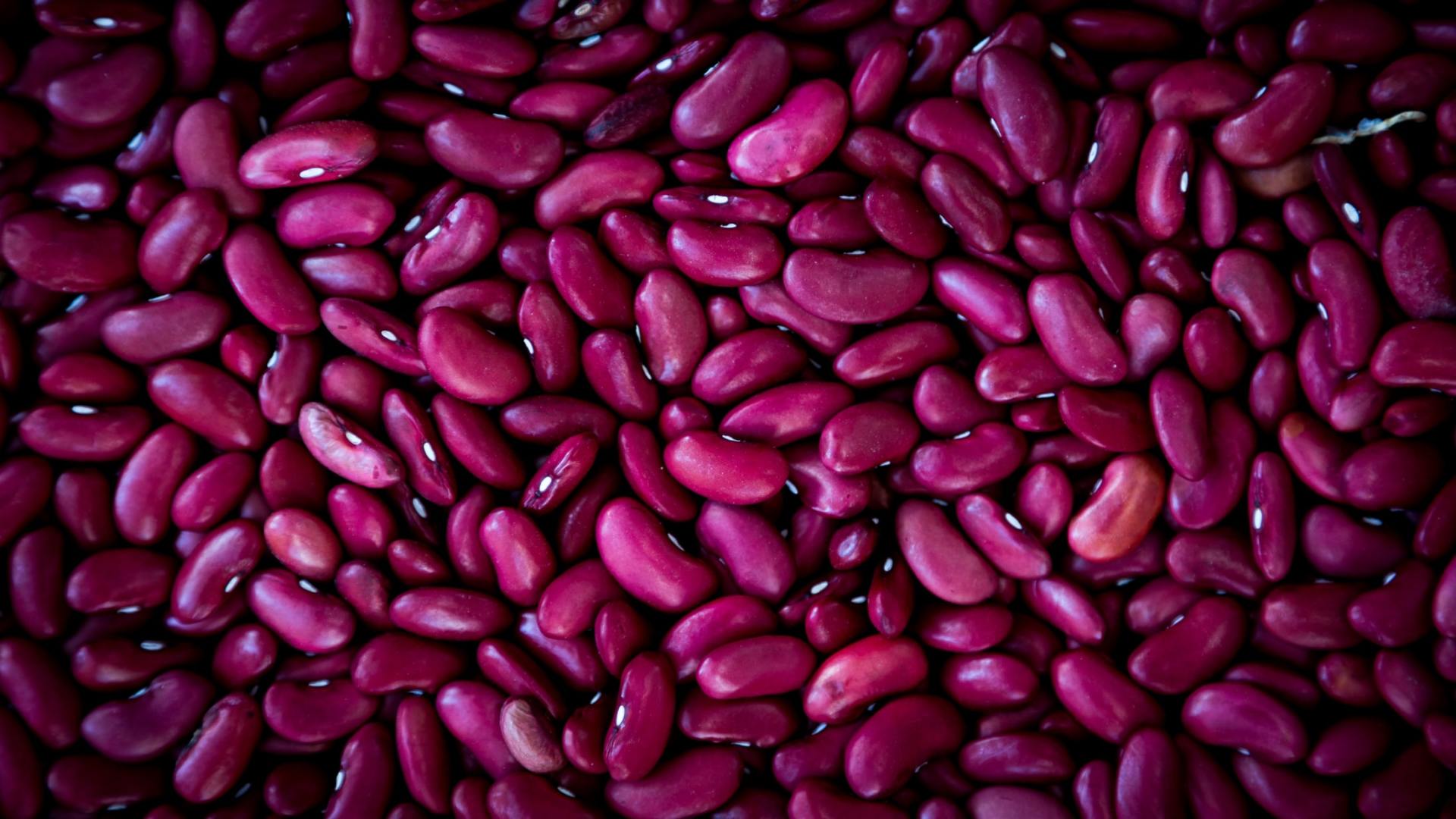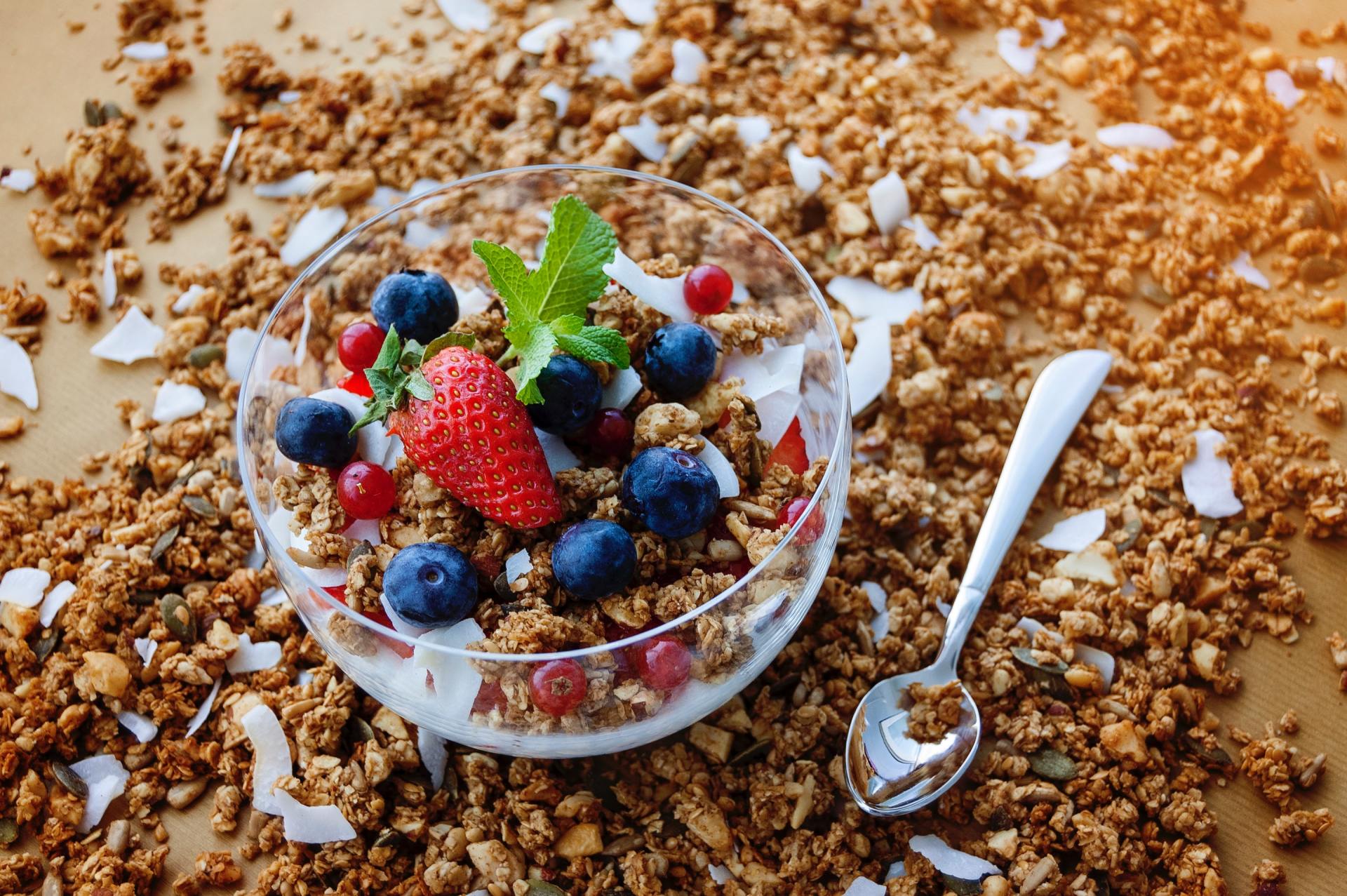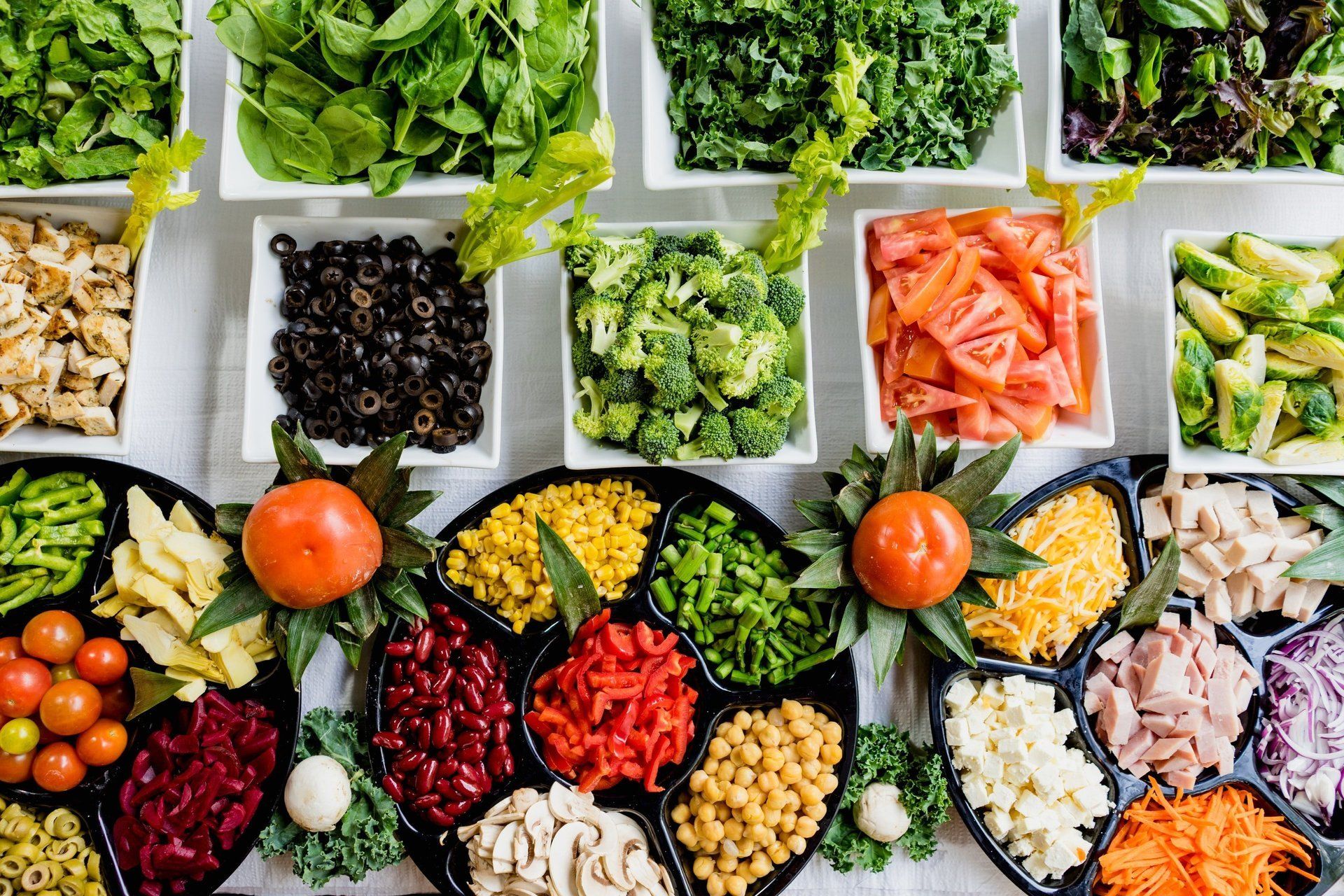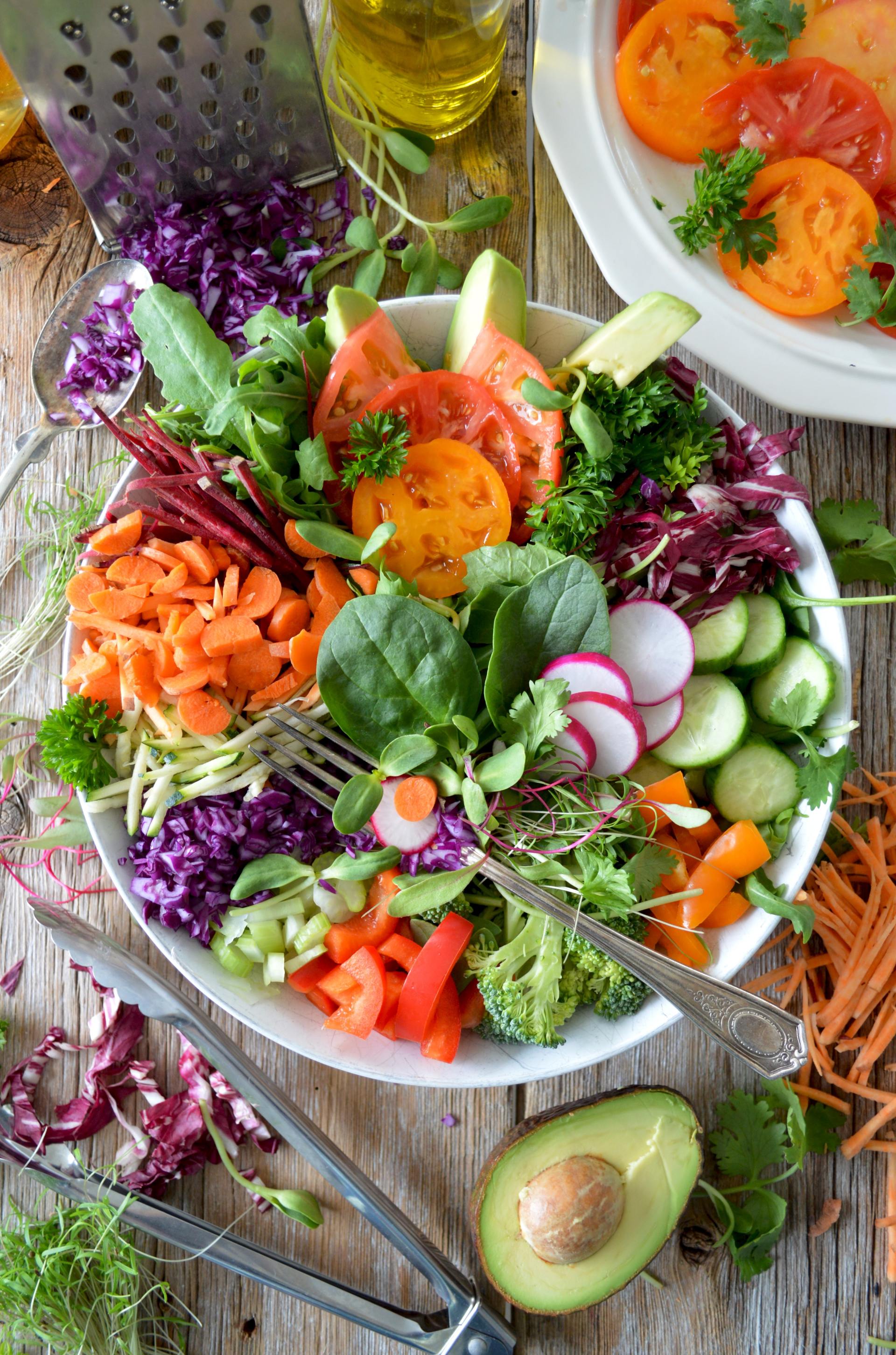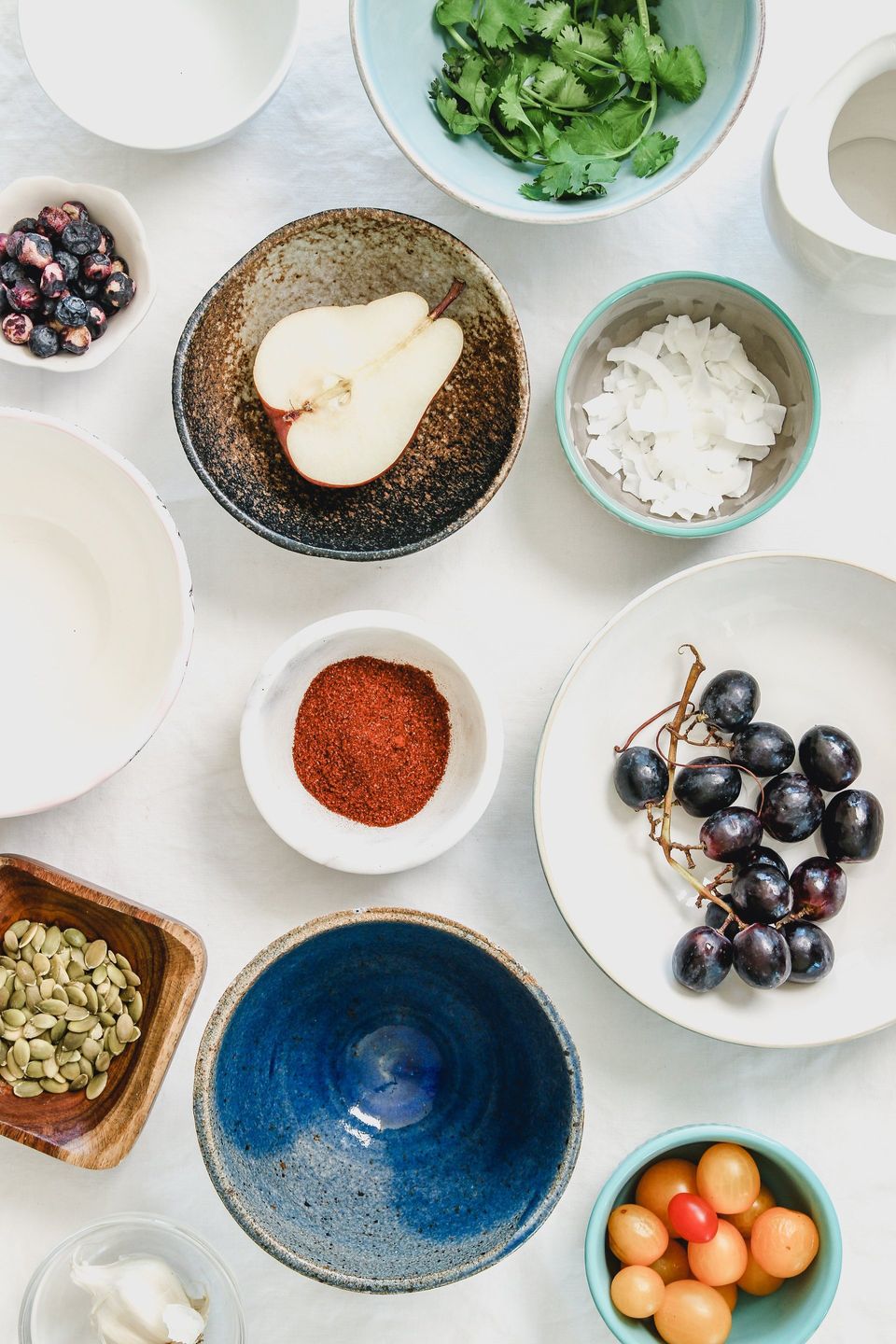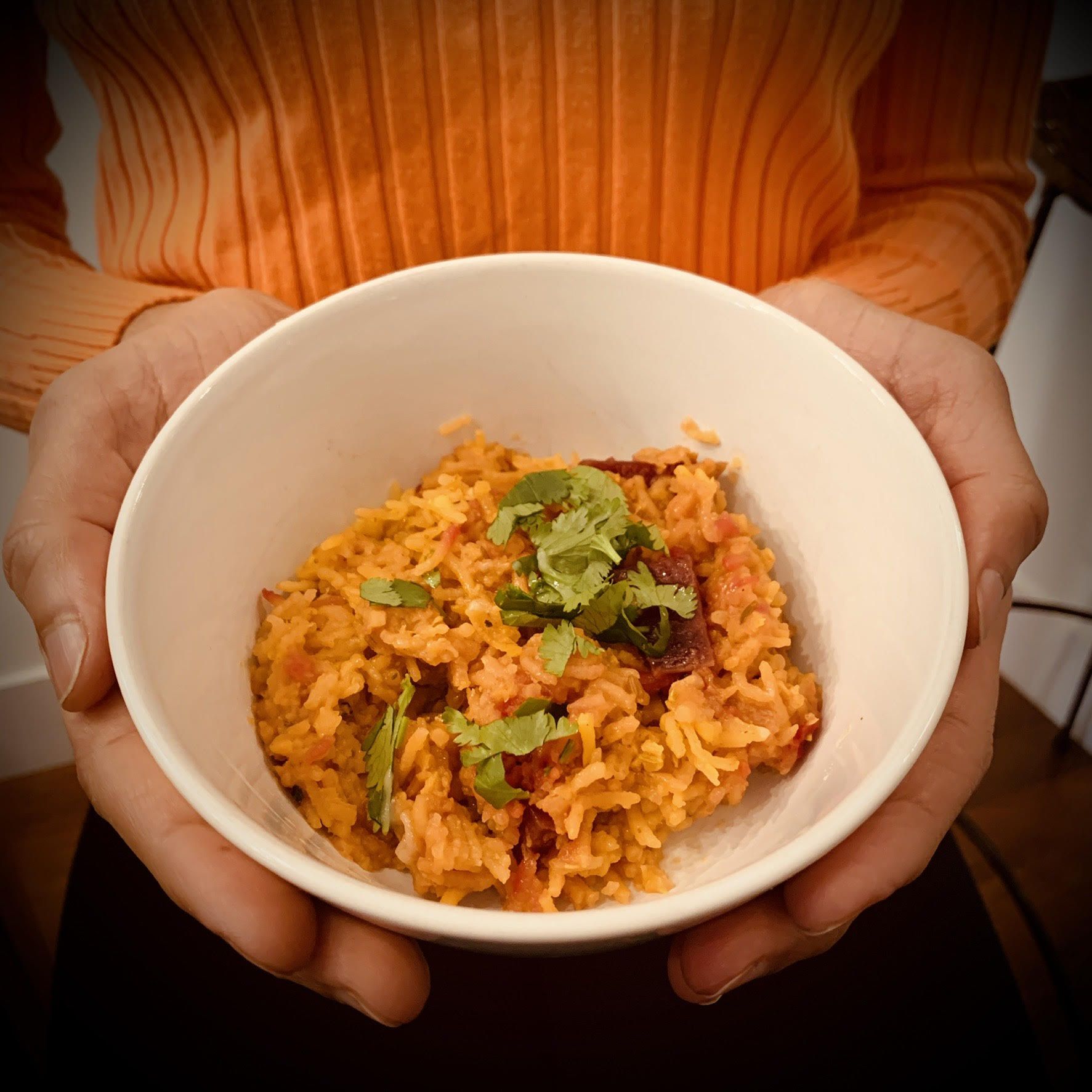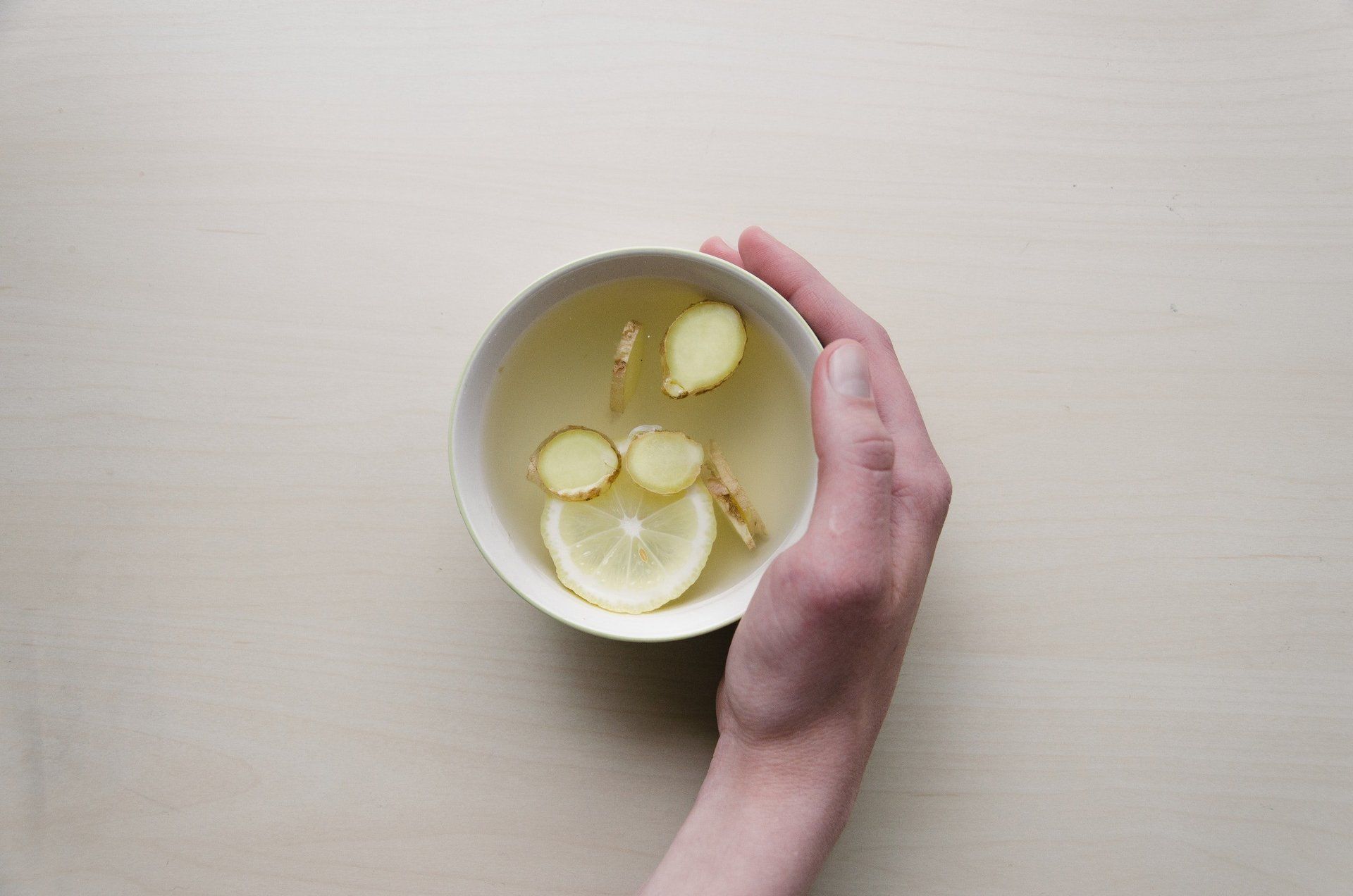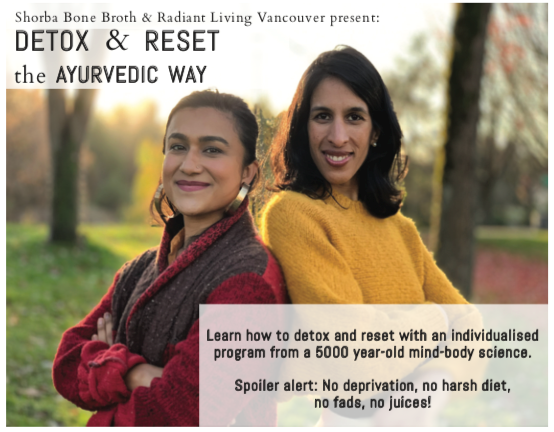A Dozen of My Favourite Recipes and Food/Health Bloggers of 2017
Inspiring recipes and bloggers to keep things fresh and simple in the kitchen
It's dinner time, you're getting hangry and you are feeling far from inspired about the contents of your fridge. Turning to google seems like a good idea, but soon you find yourself getting lost in an internet vortex of recipes.
I find lots of inspiration for my daily meals as well as what I teach in cooking classes on the web, but I've refined the places where I search, saving time and assuring success if I follow a recipe by bookmarking a few trusted sources.
I often just peruse for ideas and then do my own thing from there, and once in awhile, I'll follow a recipe to the letter, especially if the technique or flavour profile is new to me. While it is helpful to find people who's tastes and food philosophy is similar to my own, I do not adhere exactly to the eating philosophy or diet docterine of any particular blogger, but I take ideas and make them my own, sometimes substituting, adding or omitting ingredients.
(None of the links are sponsored- I legitimately recommend them without incentive!)
Pintrest is a wonderful place to curate your recipe and food ideas list, so here are a few of my favourite links that I've discovered this past year. I also follow some of these authors or have their books.
In no particular order...
1) Vegan Sweet Potato Buddha Bowls with Almond Butter Dressing from
2) No-Bake Apricot Chia Energy Bars from
3)
Steph McKercher (The Grateful Grazer)
6) Moroccan Preserved Lemons from
Nourished Kitchen
This has become a 'secret ingredient' in many things I make at home, including in humus, stews and soups and condiments like gremolatta. The Nourished Kitchen book is one I am so glad to have gifted myself this year.
7) Any Fruit Crumble (Grain-Free) from
The Food Renegade
I've been following this blog for years and like the homey, whole-foods recipes. I sub almond flour for dried coconut because that's usually what I have around. Using what I have around is my baking style!
8) Injera (Ethiopian Teff Sourdough Flatbreads) from
The Daring Gourmet
I have fallen in love with this hearty and versatile sour flatbread. Teff is super nutritious and also gluten-free. It's wild-fermented, meaning that you don't need to make a starter for it. I follow this basic method, and if you save a bit of the soured batter to add to the next batch, it cuts down the fermentation time to a couple of days. Fill these flatbreads with anything you love- a crockpot stew, roll up a crepe and enjoy with chili or traditional doro wat (chicken stew) or curried red lentils.
9) Strawberry Avocado Caprese Salad from
Oh She Glows (Adapted from Love and Lemons )
Remember summertime? *sigh*
Many of my summertime lunches started with a bowl of homegrown tomatoes and often with some sun-warmed garden strawberries and avocados. My version sometimes added some quinoa and/or soft cheese to make it a meal. Fresh cucumbers are also a welcome addition.
10)
The Minimalist Baker
I adapted this recipe and made it gluten-free optional by subbing the panko bread crumbs for 3 smashed-up puffed brown rice cakes:-) I skipped frying them and opt to bake them instead. I sometimes make the vegan parmesan for them and sometimes use real (cow) parm. They whiz up in the food processor quickly with chickpeas soaked and cooked in advance, or with a quality canned chickpea. I like them with tahini lemon sauce. (Just thin out tahini with lemon juice and warm water, add salt, cumin and garlic. Voila!)
12) Parsnip, Sage and White Bean Soup from
Jamie Oliver
Not that this guy needs the extra press, but I thought I'd post this one because it is soups like this that have helped me to love parsnips! I use this technique of having beans create a creamy base for a soup or sauce. A thicker version of this soup with tons or roasted garlic, nice olive oil and nutritional yeast makes a nice dairy-free creamy sauce for pasta. Just grab the idea and run with it!
Bon Appetite!

